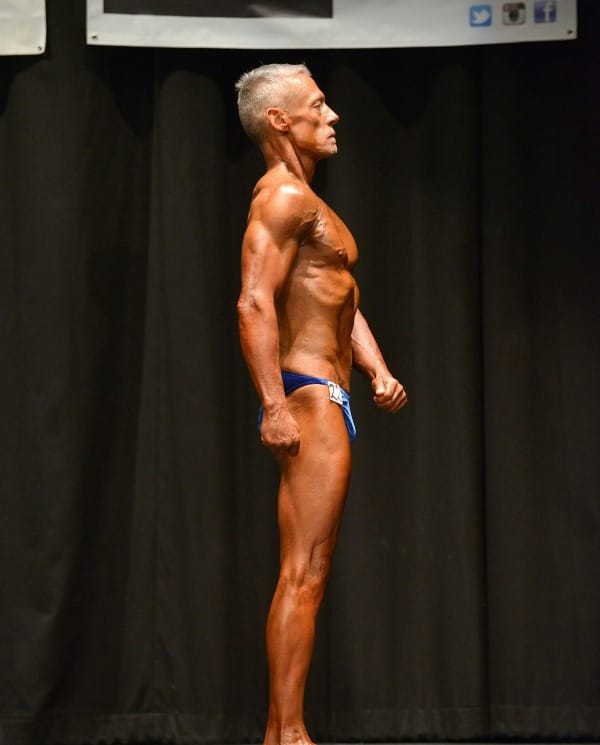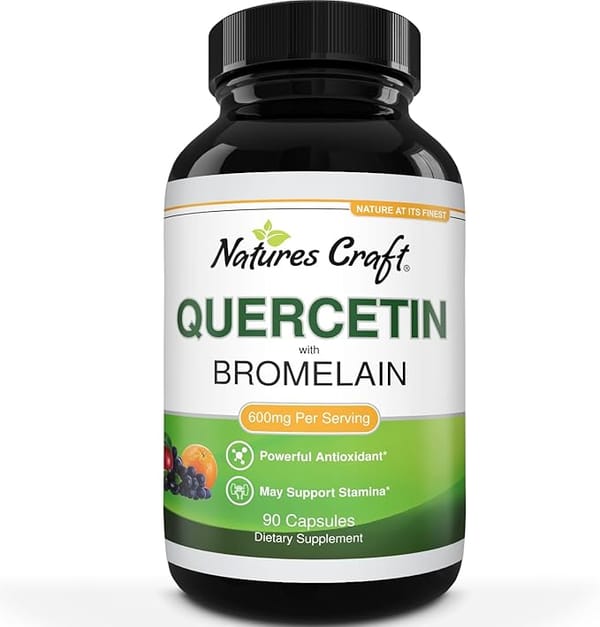In the world of fitness, sometimes the simplest exercises can yield the most profound results. Enter the dead hang, a deceptively straightforward movement that involves hanging from a bar with straight arms. This unassuming exercise has been gaining traction among fitness enthusiasts and health professionals alike for its numerous benefits and accessibility. Let's dive into the world of dead hangs and discover how this quick and simple exercise can transform your physical well-being.
What Is a Dead Hang?
A dead hang is precisely what it sounds like - hanging from a bar with your arms fully extended and your body relaxed. While it may seem like a passive exercise, it engages multiple muscle groups and offers a range of health benefits[1].
How to Perform a Dead Hang:
- Find a secure overhead bar that can support your body weight.
- Use a step or bench to reach the bar if necessary.
- Grip the bar with your palms facing away from you, hands slightly wider than shoulder-width apart.
- Lift your feet off the ground, allowing your body to hang freely.
- Keep your arms straight and your body relaxed.
- Hold this position for as long as comfortable, aiming to increase duration over time.
The Multifaceted Benefits of Dead Hangs
Dead hangs offer a surprising array of benefits that can positively impact your overall health and fitness. Let's explore these advantages in detail:
1. Improved Grip Strength
One of the primary benefits of dead hangs is enhanced grip strength[1][2]. A strong grip is crucial not only for athletic performance but also for everyday activities. Research has shown that grip strength is a reliable indicator of overall health and longevity. A study published in The Lancet found that each 11-pound decrease in grip strength was associated with a 7% increased risk of heart attack and a 16% higher risk of death from any cause[1].
2. Spinal Decompression
For those who spend long hours sitting or standing, dead hangs can provide much-needed relief to the spine. The exercise allows gravity to gently stretch and decompress the spine, potentially alleviating back pain and improving posture[1][4]. This decompression can help rehydrate the intervertebral discs, promoting better spinal health.
3. Enhanced Shoulder Mobility
Dead hangs can significantly improve shoulder mobility and strength[1][2]. By hanging with relaxed shoulders, you allow the shoulder joints to move through their full range of motion, potentially reducing shoulder pain and improving overall upper body function.
4. Upper Body Stretching
The dead hang provides an excellent stretch for the entire upper body, including the lats, shoulders, arms, and even the chest[4]. This comprehensive stretch can help alleviate muscle tension and improve flexibility.
5. Posture Correction
Regular practice of dead hangs can contribute to better posture. By stretching the chest muscles and strengthening the upper back, dead hangs can help counteract the forward-rounded posture often associated with prolonged sitting[2].
Incorporating Dead Hangs into Your Routine
Adding dead hangs to your fitness regimen is relatively simple and doesn't require much time. Here are some tips for getting started:
For Beginners:
- Start with shorter durations, such as 5-10 seconds.
- Use a box or step to assist in reaching the bar safely.
- Consider using a resistance band for support if full body weight is too challenging.
For Intermediate to Advanced:
- Aim for longer hang times, working up to 30-60 seconds.
- Incorporate variations like single-arm hangs or neutral grip hangs.
- Use dead hangs as part of your warm-up or cool-down routine.
Frequency:
- Perform dead hangs 2-3 times per week.
- Allow for rest days between sessions to prevent overuse injuries.
Dead Hang Variations to Explore
As you become more comfortable with standard dead hangs, consider trying these variations to challenge yourself further:
1. Active Dead Hang Engage your shoulder blades by pulling them down and back while hanging. This variation increases shoulder stability and strength.
2. Single-Arm Dead Hang Hang from the bar using only one arm at a time. This variation significantly increases the challenge to grip strength and shoulder stability.
3. Neutral Grip Dead Hang Use a neutral grip (palms facing each other) instead of the standard overhand grip. This can be easier on the wrists and shoulders for some individuals.
4. Towel Dead Hang Hang from towels draped over the bar instead of gripping the bar directly. This variation intensifies the grip strength challenge.
Precautions and Considerations
While dead hangs are generally safe for most people, it's essential to approach them with caution:
- If you have any shoulder, back, or wrist injuries, consult with a healthcare professional before attempting dead hangs.
- Ensure the bar you're using is secure and can support your body weight.
- Listen to your body and stop if you experience pain or discomfort.
- Pregnant individuals should avoid dead hangs or consult with their healthcare provider before attempting them.
The Science Behind Dead Hangs
The benefits of dead hangs are supported by scientific research. A small 2015 study published in Experimental Brain Research found that dead hangs primarily work the muscles involved in grip strength[2]. Additionally, the spinal decompression effect of hanging exercises has been studied in relation to intervertebral disc health, with research showing that prolonged sitting can negatively impact disc health[2].
The link between grip strength and overall health outcomes is particularly intriguing. Multiple studies have associated stronger grip strength with reduced risk of early death, better cognitive function, and slower aging[2]. This connection underscores the potential far-reaching impacts of incorporating dead hangs into your fitness routine.
Dead Hangs for Specific Goals
For Pull-Up Progression: Dead hangs are an excellent starting point for those working towards their first pull-up. They build the necessary grip strength and shoulder stability required for pull-ups. As you progress, you can incorporate scapular pull-ups (where you engage your shoulder blades to lift your body slightly) as an intermediate step.
For Rock Climbers: Rock climbers can benefit greatly from dead hangs, as they directly translate to the grip strength and endurance needed for climbing. Climbers often use specialized hangboards to practice different grip positions and build finger strength.
For Desk Workers: Those who spend long hours at a desk can use dead hangs as a quick and effective way to counteract the effects of prolonged sitting. Even a brief hang can help stretch out tight muscles and decompress the spine.
Integrating Dead Hangs with Other Exercises
To maximize the benefits of dead hangs, consider integrating them with complementary exercises:
- Rows and Pull-Ups: These exercises work similar muscle groups and can help build overall upper body strength.
- Farmer's Walks: Another excellent exercise for grip strength that complements dead hangs well.
- Yoga and Stretching: Combine dead hangs with yoga or stretching routines to enhance overall flexibility and mobility.
Tracking Progress and Setting Goals
As with any exercise, tracking your progress with dead hangs can be motivating and help you set appropriate goals. Consider keeping a log of:
- Hang duration
- Frequency of sessions
- Any variations attempted
- Subjective feelings (e.g., perceived effort, any discomfort)
Set realistic goals for increasing hang time or progressing to more challenging variations. Remember, consistency is key, and progress may be gradual.
Conclusion: Embracing the Simplicity of Dead Hangs
In a fitness world often dominated by complex routines and expensive equipment, the dead hang stands out for its simplicity and effectiveness. This unassuming exercise offers a wealth of benefits, from improved grip strength and spinal health to enhanced posture and upper body mobility. By incorporating dead hangs into your routine, you're not just working towards better physical fitness; you're investing in your overall health and longevity.
Whether you're a seasoned athlete looking to supplement your training or a beginner taking your first steps into fitness, dead hangs offer something for everyone. So the next time you pass by a sturdy bar, why not take a moment to hang? Your body will thank you for it.
Remember, as with any new exercise regimen, it's always wise to consult with a healthcare professional or certified fitness instructor, especially if you have any pre-existing health conditions. With proper form and consistent practice, dead hangs can become a valuable tool in your journey towards better health and fitness.
Citations:
[1] https://www.spartan.com/blogs/unbreakable-training/dead-hang-benefits
[2] https://www.wellandgood.com/dead-hang/
[3] https://www.shape.com/fitness/tips/dead-hangs
[4] https://www.zapfitness.com.au/blog/benefits-of-hanging/
[5] https://www.healthline.com/health/fitness-exercise/dead-hang













Member discussion